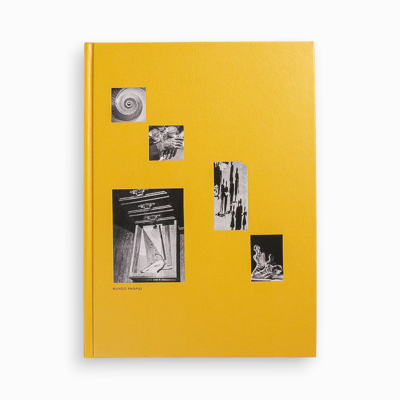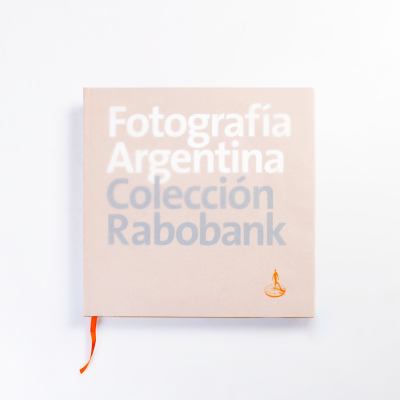Di Sandro, Juan
Juan Di Sandro was an Italian-Argentinian photographer, considered the dean of photojournalists in Argentina. He was born in Colli a Volturno, a city in central Italy, but his family immigrated and settled in Buenos Aires when he was twelve years old. At that age, he became an apprentice photographer with Palestrini, and at fifteen, he joined the newspaper La Nación, where he worked until 1976. Although his early work was related to industrial photography and some advertising projects, he gradually expanded his themes and showcased his skills in various events such as the arrival of the Plus Ultra in 1926, the Zeppelin in 1934, or the fire at the "El Coloso" store in 1937. His journalistic work is considered influenced by Henri Cartier-Bresson, considering the decisive moment crucial in photography. He also enjoyed experimentation and taking night photographs. The camera he most frequently used was a "Spido Gaumont" medium format camera, and it seems he did not use 35mm format cameras. Alongside his journalistic work, he took photographs for contests and exhibitions. In 1942, he participated in the "First Salon of Photojournalism." In 1943, he exhibited at the "Argentine Photo Club," and in the mid-1950s, he participated in the group "Carpeta de los diez," which was a forum for photographic debate and exchange of opinions, involving Annemarie Heinrich, Anatole Saderman, Hans Mann, Jorge Friedman, Alex Klein, Fred S. Schiffer, Ilse Mayer, José Malandrino, Max Jacoby, Pinélides Fusco, Eduardo Colombo, Augusto Valmitjana, and Boreslaw Senderowicz.






